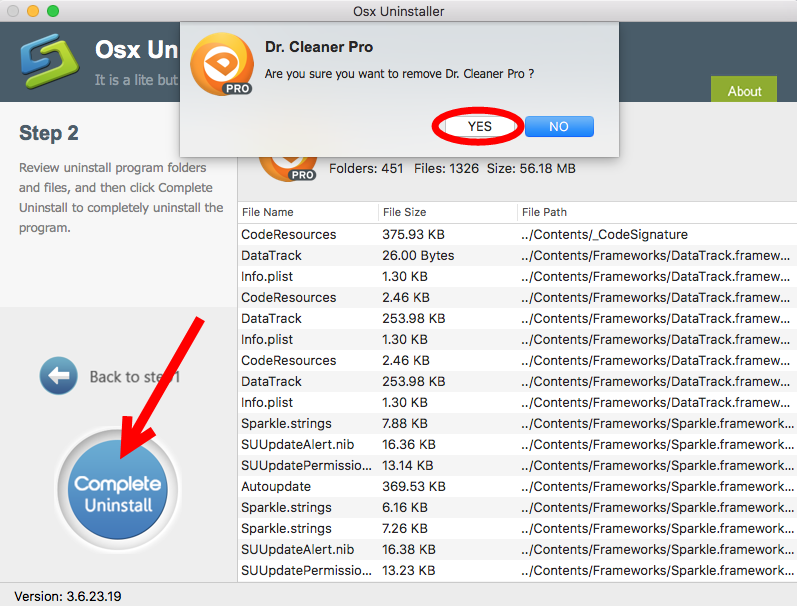
- #Dr.cleaner mac no longer in app store how to#
- #Dr.cleaner mac no longer in app store code#
- #Dr.cleaner mac no longer in app store password#
- #Dr.cleaner mac no longer in app store plus#
#Dr.cleaner mac no longer in app store how to#
For details on how to use Xcode to do this, see Manage signing certificates in Xcode Help.

#Dr.cleaner mac no longer in app store code#
Xcode helps manage your code signing identities when you use the certificates available through the developer portal. However, while these valid certificates allow you to sign your code, you can only distribute through the App Store or through the Developer ID program when you sign with a certificate issued by Apple. Similarly, if your company is a certificate issuing authority, contact your IT department to find out how to get a signing certificate issued by your company. Therefore, if your company already has a third-party signing identity that you use to sign code on other systems, you can use it with the macOS codesign command. Note: Apple uses the industry-standard form and format of code signing certificates.
#Dr.cleaner mac no longer in app store password#
For example, if the identity must be used by more than one person, you can keep it in the keychain of a secure computer and give the password of the keychain only to authorized users, or you can put the identity on a smart card to which only authorized users have the PIN. Before obtaining a signing identity and proceeding to sign code, determine who within your company will possess the identity, who can use it, and how it will be kept safe. That means that the signing identity’s private key must never, under any circumstances, be given to end users, and should be restricted to one or a small number of trusted persons within your company. Therefore, you might not want to use your “final” signing identity to sign code that is still in development.Ī signing identity, no matter how obtained, is completely compromised if it is ever out of the physical control of whoever is authorized to sign the code. Start this process well in advance of the time you need to actually sign the code for distribution to customers.Īny signed version of your code that gets into the hands of users will appear to have been endorsed by your company for use. Before You Obtain a Signing Identityīefore you obtain a code signing identity and sign your code, consider the following points:ĭepending on your company’s internal policies, you might have to involve your company’s build and integration, legal, and marketing departments in decisions about what sort of signing identity to use and how to obtain it. In other words, you typically do not have more than one Mac App Distribution identity, even if you publish many different apps, but you do have different identities for distributing macOS apps and iOS apps. However, most organizations use a single identity for a given platform and purpose. Also, you typically have different identities for iOS and macOS apps. You can use more than one signing identity, each for its own purpose, such as one for beta seeds and one for final, released products. The simple act of code signing does not require a certificate authority’s signature on your certificate, but your signature is much more useful this way because anyone encountering your signature can be confident of its origin. The certificate is not secret, and is itself generally signed by a certificate authority, which effectively vouches for your identity. The digital certificate has a usage extension that enables it to be used for signing, and it contains the public key that complements your private key. The private key is an encryption key that only you have, making it impossible for anyone to forge your signature, as long as you keep the key secure.


#Dr.cleaner mac no longer in app store plus#
You sign code using a code signing identity, which consists of a private key plus a digital certificate. Read this chapter to gain a better understanding of what Xcode does on your behalf, or to handle special cases where you need to intervene in the code signing process. Letting Xcode handle code signing is generally the simplest and safest choice, because Xcode is designed with best practices built in. Typically, Xcode handles most code signing tasks for you, helping you manage your code signing identity, and applying your code signature to apps that you build and distribute.


 0 kommentar(er)
0 kommentar(er)
